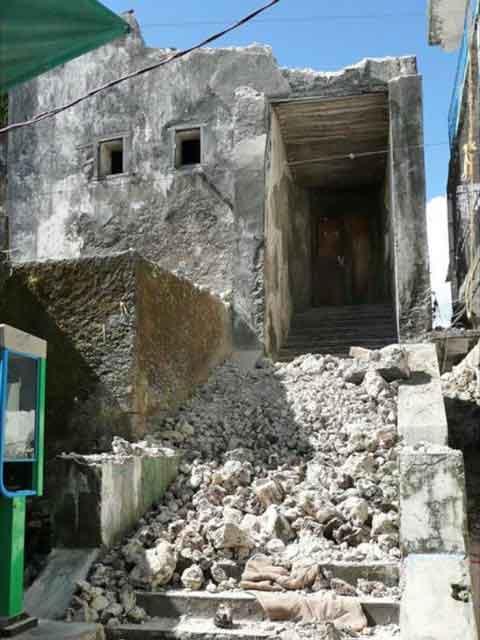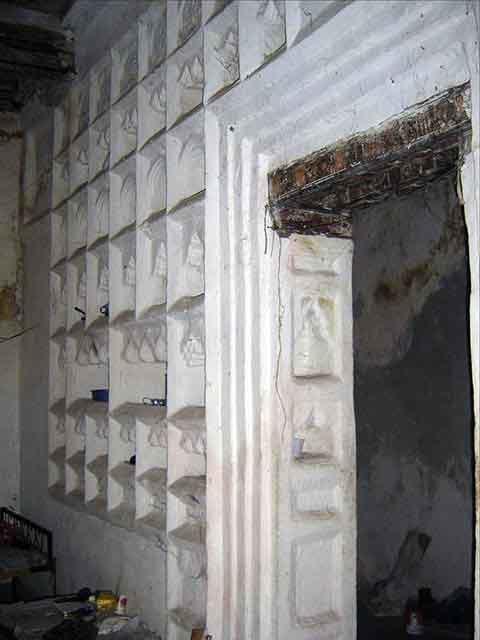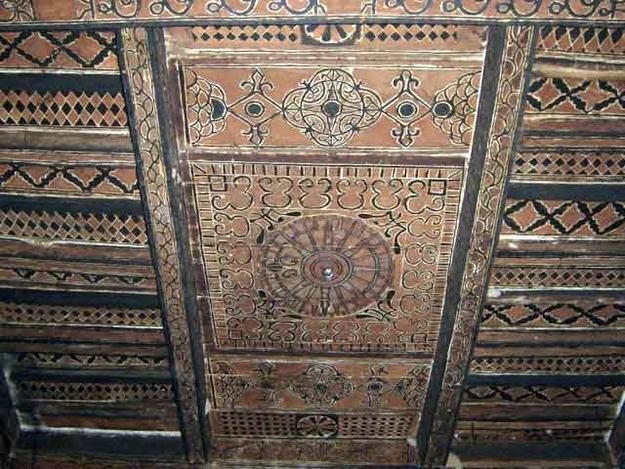Ujumbe Palace
2010 World Monuments Watch
Masked by decay and the dense maze of its urban context, the façade of Ujumbe Palace, also known as the Palace of Sultans, belies its historical, political, and architectural significance as well as its interior splendor. Completed in 1786 during the reign of Sultan Abdullah, the palace was constructed with blocks of lava layered with limestone and offers an excellent example of Swahili architecture. The sobering exterior and linear construction of Ujumbe Palace fade into the surrounding streetscapes. Inside, however, highly ornate ceilings featuring Arabo-Islamic calligraphy and designs couple with detailed molding to create brilliant interior spaces alluding to the palace’s historical importance. In the early 19th century, Ujumbe Palace became the political focal point in the Comoros. Surviving several dynasties of sultans, the palace has become a symbol of the influence of the era of the sultans. Important treaties and decrees, including several abolishing slavery, accords with France, and agreements with the United States, were effected in Ujumbe Palace. Today, extended periods of neglect and a lack of resources have instigated and perpetuated the building’s decay. Further, a collapse of part of the first floor in 2008 threatens the stability of the entire palace.
Since the Watch
After Watch listing, the Collectif du Patrimoine des Comores secured funding from UNESCO and the US Ambassadors Fund for Cultural Preservation -- totaling $150,000 – to undertake monitoring, planning, and repairs.




